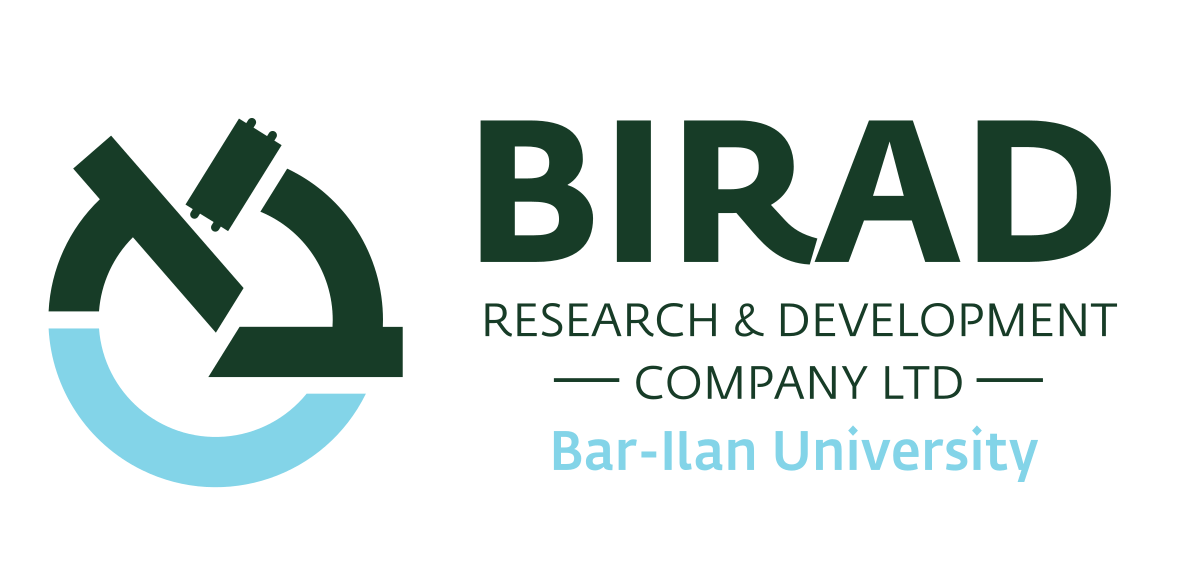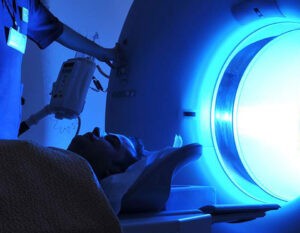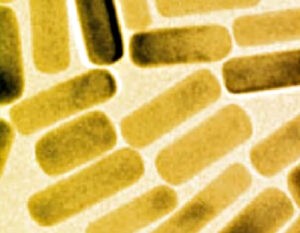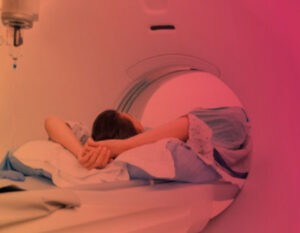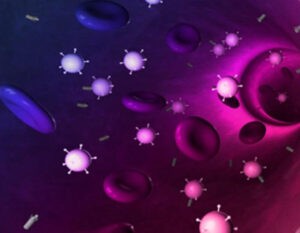Find Technologies for Licensing
The Problem Sensors require excessive operation power which results in high cost and complex operation. The Solution Novel nanoscale sensors with ultra-low power consumption The Commercial Benefit Our innovative nanoscale sensors are easy to deploy, consume significantly less power, and is almost entirely disposable Market Potential The nanosensor market is expected to reach a CAGR of 79.83%…
Read MoreThe Problem The development of a biomarker for hypoxic tissues is essential both for diagnostic formulation and treatment planning for most cancer patients. Although the current PET radiotracers are non-invasive imaging modality techniques of tumor hypoxia, they are not being used routinely due to slow uptake by hypoxic. Cu(II)-tracers have been suggested to become one…
Read MoreMost optical-physiological diagnoses are based on the insertion of light, with known parameters, to a tested tissue, followed by the measurement of the reflected, transmitted, or absorbed light. Changes in the optical properties of this light such as its spectrum, polarization, or intensity, compared to the injected light, result from interactions of the irradiated light…
Read MoreLicensing
BIRAD grants exclusive and non-exclusive licenses for the commercialization of BIU-based research findings, both to established companies and to new startup ventures established around University technology.
The licenses are granted for specific patents and/or know-how and are limited to a specific field and/or specific products. Licenses include diligence milestones for the development and sale of products covered by the license – to avoid technology "shelving" – and typically include a combination of the following forms of consideration: royalties, milestone payments, upfront fees, equity and/or annual license fees.

Birad's team is ready to assist you :

Dr. Iris Haas

Dr. Assaf Sagiv

